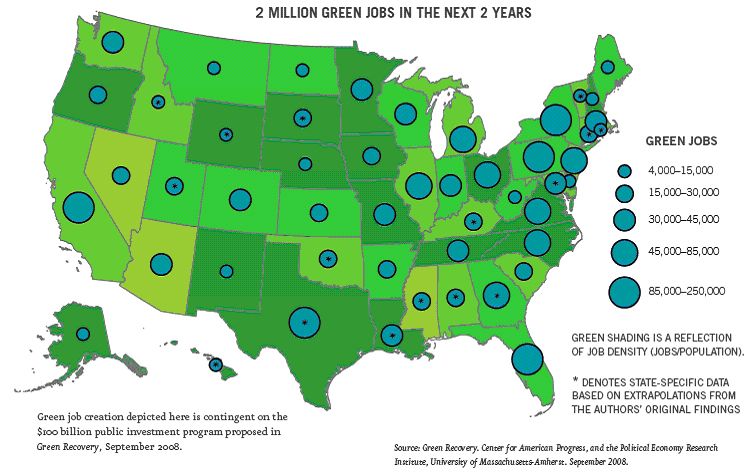The Volvo V60 Plug-in Hybrid Electric Vehicle Review
By Joseph Tohill
Hybrid vehicles have really taken off in
recent years as Americans look toward more fuel efficient and
environmentally-friendly alternatives to petroleum based transportation. But if
there is one lingering complaint to be lodged against hybrid vehicles, it’s
that they are not as powerful as many traditional cars.
Volvo has come up with a response to such
lingering doubts in the form of a diesel-electric hybrid: the Volvo V60 PHEV,
its latest entry into the plug-in hybrid market. With a range of 600 miles per
tank of gasoline and 286 horsepower, the V60 is not an automobile to be trifled
with.
But how effectively does it straddle the
line between power and cleanliness? Will the Volvo V60 be an attractive option
in the US market?
I’ll try to answer some of those questions
by providing a close-up analysis of the Volvo V60 PHEV.
Volvo
V60 PHEV Specs
The Volvo V60 features a 12kWh lithium-ion
battery pack with enough juice for 30 miles of city driving (when using only
the battery). The battery delivers a 70 horsepower completely emissions-free
driving experience.
Fueling the car is a 45 litre (12 gallon)
diesel tank that adds torque and power. But the great thing about diesel is
that it is a much denser fuel than gasoline. As a result,
the combination of electric and diesel power gives the car a fuel efficiency of
149 mpg.
Driving
Modes
One of the key features of the Volvo V60 is
its ability to change between different driving modes. Altogether, there are 3
driving modes: pure, hybrid, and power. Each mode offers a unique driving
experience depending on the driver’s particular preferences.
In “pure” mode, the Volvo V60 offers
emissions-free driving through its battery. The driver can achieve about 30
miles of range before the diesel engine kicks in. In “hybrid” mode, the car
uses both battery and diesel to power the engine, providing the driver with the
best of both worlds. Finally, in “power” mode, the driver can unleash the full
potential of the car by relying exclusively on diesel. In power mode, the car
can go from 0 – 60 mph in 6.9 seconds.
In terms of handling, most initial reviews
have suggested the car fluidly shifts between each driving mode. It has
excellent handling and enough power to tow a trailer. For individuals looking
for a hybrid that features both power and cleanliness, the Volvo V60 PHEV is
likely the right choice for them.
Is
The Volvo V60 PHEV a Good Fit For The American Market
So far the Volvo V60 has been a prominent
showpiece in European showrooms and will likely be a big hit in the European
market. However, Volvo’s plans to release the V60 in the US are still unknown.
Given the lingering hesitancy some Americans still have about embracing hybrid
technology, one would think the Volvo V60 would be a solid choice for US
consumers.
My suspicion is that Volvo is waiting to
see how well the car does in Europe (where Volvo’s are already a popular
choice) before tackling the American market later in 2013.
Joseph Tohill is a freelance writer and online communications specialist for organizations in the sustainability sector. He has a B.A. in Interdisciplinary Studies from the University of British Columbia and spent most of his academic career studying sustainable urban development; namely the interdisciplinary relationship between built form and natural environment.





